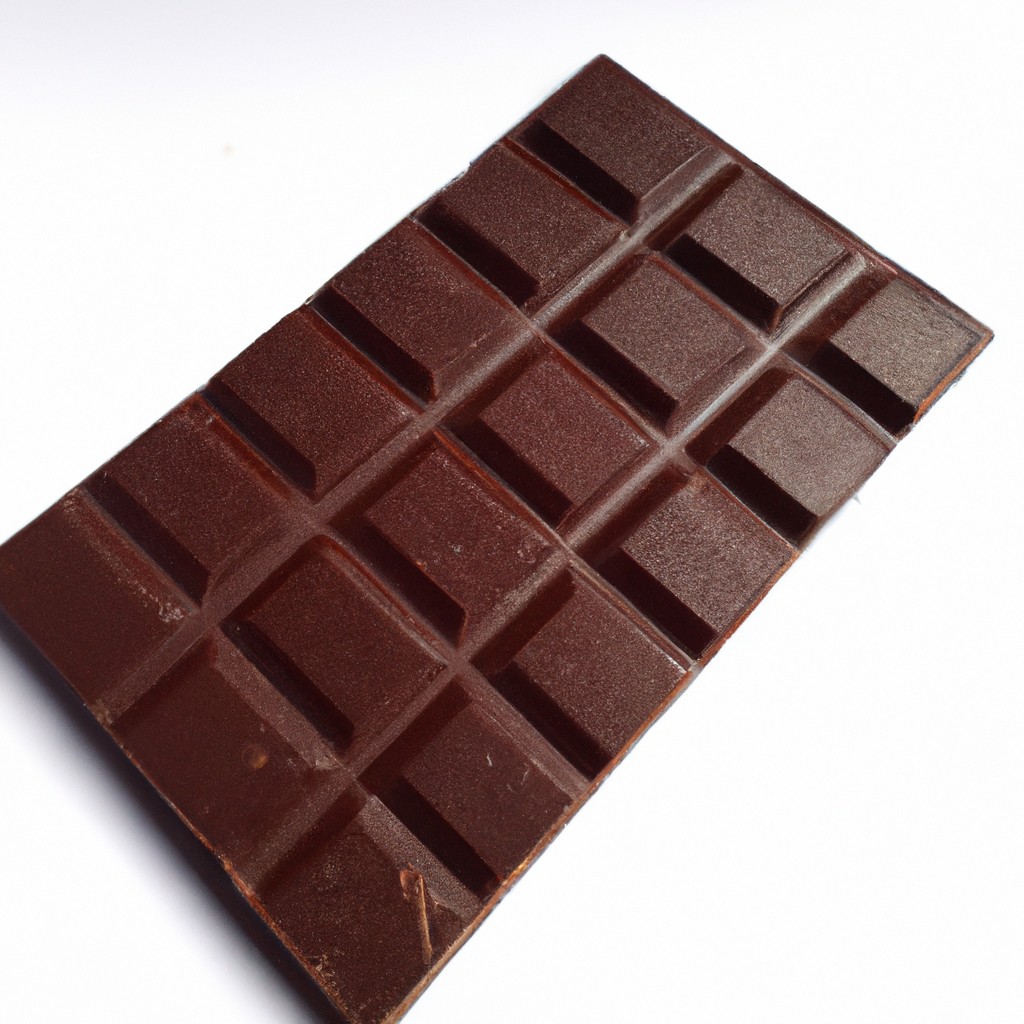This article provides an insight into the origin of chocolate, tracing its journey from cocoa tree to delicious treat.
Key takeaways:
- Chocolate is made from roasted and ground cacao seeds.
- Cacao trees grow in tropical regions near the Equator.
- The process of making chocolate involves harvesting, fermenting, drying, roasting, winnowing, grinding, conching, tempering, and molding.
- Chocolate originated in Mesoamerican civilizations and spread to Europe in the 16th century.
- The global chocolate industry is diverse, with a focus on ethical sourcing, innovation, health consciousness, and cultural impact.
Inside
What Exactly Is Chocolate?

Chocolate is a sweet, usually brown food preparation of roasted and ground cacao seeds, typically sweetened and consumed as confectionery or used as a flavoring ingredient in other foods. Its key component, cacao, contains alkaloids such as theobromine and phenethylamine, which have physiological effects on the body and contribute to its distinctive taste.
The varying amounts of cocoa solids and fat determine the types of chocolate: dark, milk, and white. Dark chocolate contains cocoa solids and cocoa butter with minimal to no milk; milk chocolate includes milk powder or condensed milk; and white chocolate contains cocoa butter without the cocoa solids, relying on milk and sugar for its characteristic taste and texture.
Chocolate is notable for its complex chemical makeup, containing over 600 volatile compounds contributing to its rich flavor profile.
The Cacao Tree and Where It Grows
Theobroma cacao, the cacao tree, thrives in tropical regions within 20° north and south of the Equator. It favors a hot, moist climate often found in countries such as Ivory Coast, Ghana, and Indonesia, which are leading cacao producers.
Cacao trees grow best under the shade of taller trees, mimicking their natural rainforest habitat. This practice also supports biodiversity and sustainable farming methods. The trees start bearing fruit, known as cacao pods, usually when they are about four to five years old. Each pod contains 20 to 50 seeds – the cacao beans – enveloped in a sweet pulp.
Harvesting involves carefully removing ripe pods from the trees and extracting the beans, which are then fermented and dried, starting their transformation into chocolate. The concern for environmental sustainability and ethical labor practices is increasingly shaping where and how cacao is cultivated.
From Bean to Bar: The Process of Making Chocolate
Harvesting is the first step, where ripe cacao pods are collected from cacao trees. These pods contain cacao beans surrounded by a sweet pulp.
Fermentation follows, essential for developing the beans’ flavor. Beans, still in the pulp, are left in containers for several days to ferment.
Drying the beans is next. Post-fermentation, beans are spread out to dry, typically under the sun, to reduce moisture.
Roasting is where beans are heated. This enhances flavor and allows the shell to be removed easily, revealing the cacao nibs.
Winnowing is the process of removing the shells from roasted beans, separating the nibs which are the key ingredient for chocolate.
Grinding nibs into cocoa liquor, a paste, is then done. The heat generated from grinding causes fat within the nibs to melt, creating a thick liquid.
Conching involves refining chocolate’s texture and flavor. The cocoa liquor is mixed with sugar and sometimes milk, heated, and continuously stirred for hours or days.
Tempering is the final step before molding. Chocolate is carefully heated and cooled to stabilize the crystals, ensuring a smooth texture and a glossy finish.
Molding gives chocolate its shape. The tempered chocolate is poured into molds and allowed to set. Once hardened, it is packaged and ready for distribution.
The Historical Origin and Spread of Chocolate
Chocolate’s roots trace back to the ancient Mesoamerican civilizations, namely the Olmec, Maya, and Aztec, who were the first to cultivate cacao trees.
Exclusively consumed as a bitter fermented beverage among elites, it played a significant role in ritual and royal events.
The introduction of chocolate to Europe in the 16th century after the Spanish conquest of the Aztecs marked a pivotal point in its history.
Europeans adapted the beverage by adding sugar and honey, enhancing its appeal and transitioning chocolate from a luxury to a widespread favorite.
Over centuries, innovations in production further transformed chocolate into the solid form we enjoy today, facilitating its global spread and ubiquity in modern cuisine.
Chocolate Today: Production and Consumption
Globally, the production and consumption of chocolate have reached vast scales, reflecting its popularity.
Global Market: It is now a multi-billion-dollar industry with Europe and North America leading as the top consumers, while emerging markets are increasing their share.
Variety and Innovation: There is a diverse range of chocolate products available, from mass-produced to artisanal and specialty chocolates, and manufacturers continue to innovate with new flavors and combinations.
Ethical and Sustainable Practices: As awareness grows, there’s a higher demand for ethically sourced cacao and fair trade chocolate, encouraging more sustainable farming practices and better conditions for cacao farmers.
Health Consciousness: The market also sees a growing segment of dark chocolate due to its health benefits, leading producers to create products with higher cacao content and less sugar.
Cultural Impact: Festivals, tours, and workshops further endorse the consumption, understanding, and appreciation of chocolate’s rich cultural impact.
These points reflect a complex industry that caters to varied tastes and ethical considerations, progressing alongside consumers’ evolving preferences and values.
Related
- Who Invented Chocolate: Unraveling the History and Origin
- How Chocolate is Made: A Simple Step-by-Step Process
- History of Chocolate: Understanding Its Fascinating Origin and Evolution
- When Was Chocolate Invented: Insightful Information on the History of Chocolate
- What is Chocolate Liquor: Understanding Its Role in Confectionery